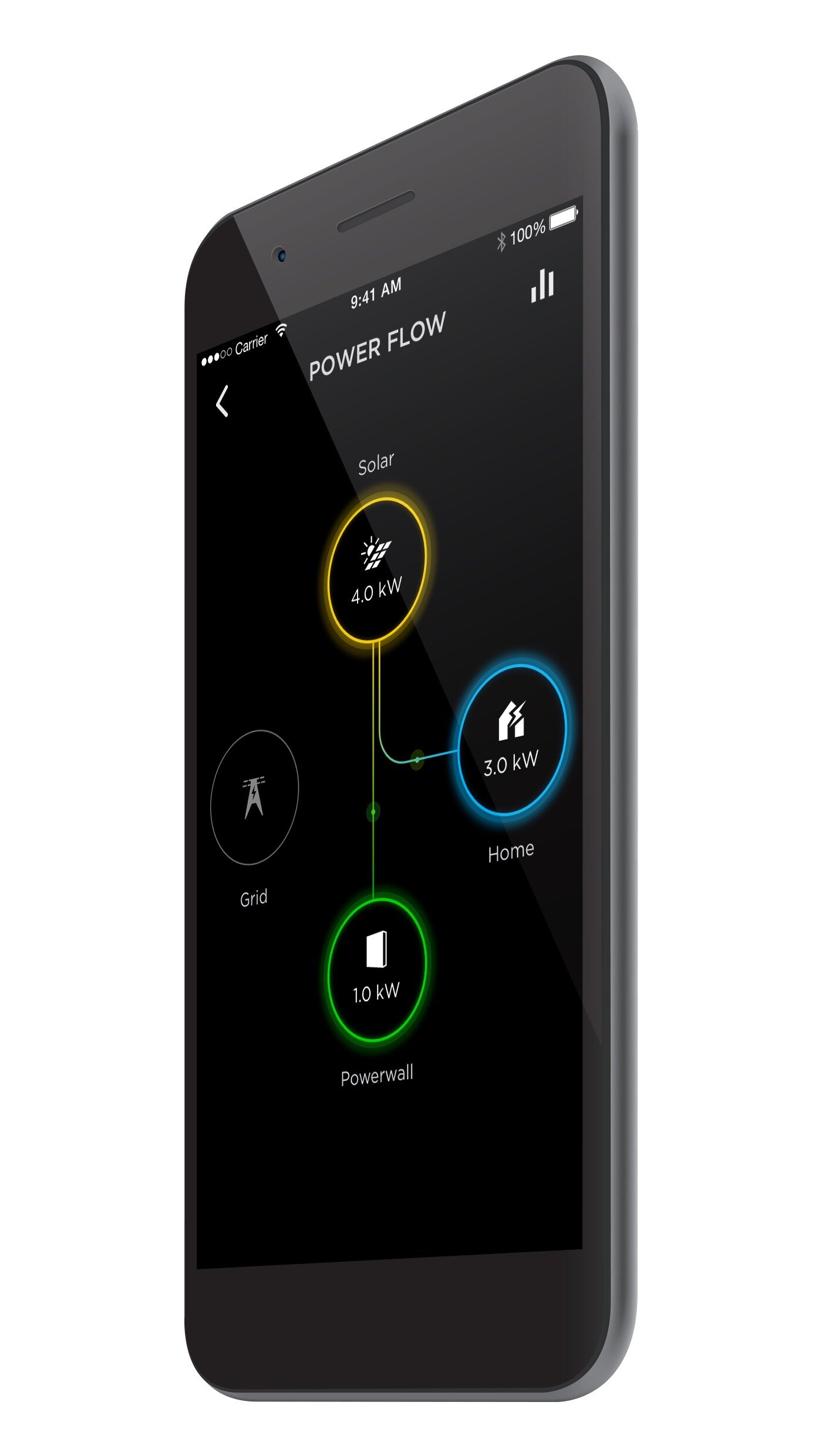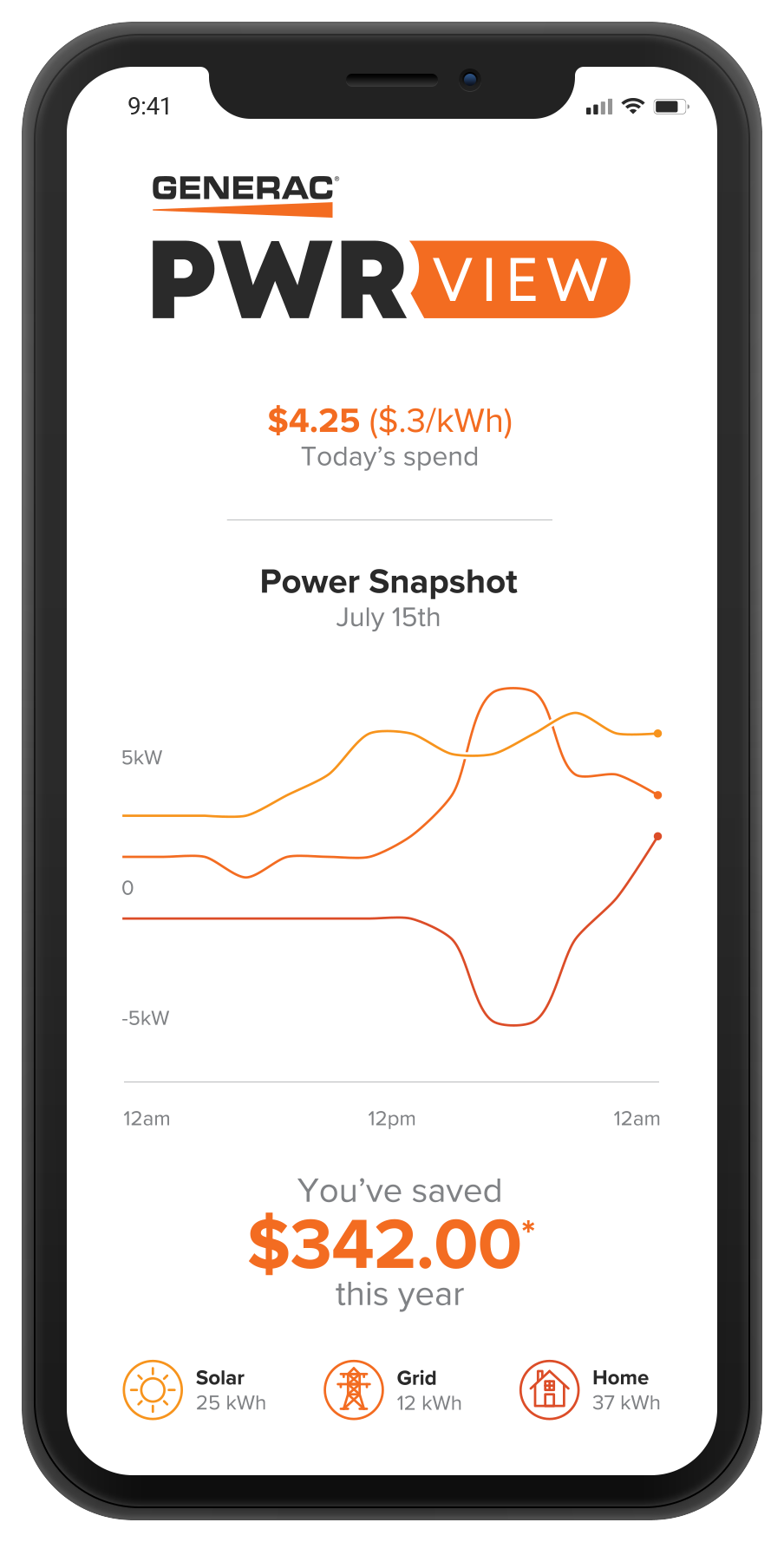Tesla Powerwall vs. Generac PWRCell 2020 Review
Tesla Powerwall vs. Generac PWRCell
In this article, we will now compare compare the stats and performance ratings of two of the most popular batteries for home solar energy backup power systems: the Tesla Powerwall and the Generac PWRCell.
By the time you’re done reading this, you’ll have a better understanding which battery may fit your needs better. You may also contact us at anytime with your questions.
Watch Tesla Powerwall
Overview Video
Watch Generac PWRCell Overview Video
Off-Grid Compatibility
While most home battery systems are designed for use with grid-tied solar plus storage systems, they can sometimes be used for off-grid systems. Both systems capture and store electricity for later use whether the utility power is online or offline.
Tesla Powerwall
Off-Grid Comparability: Not Intended
The Powerwall is only designed to be used in grid-tied homes as a backup to allow you to use your solar energy at night or to provide coverage during grid outages. It is not intended to be used in modern off-grid home solar installations.
Generac PWRCell
Off-Grid Comparability: Not Intended
Similar to the Powerwall, the PWRCell energy storage system is designed only for grid-tied use, as it can only store enough energy for a few hours of power. It is not meant for off-grid use.
Warranty
Warranties can give you peace of mind, especially when you are making a large investment.
Tesla Powerwall Warranty
Tesla Powerwall warranty offers a 10-year warranty, with a guaranteed end-of-warranty capacity of 70%. Most homes with Powerwalls will charge and discharge them every day, and as time goes on, rechargeable batteries start to lose some of their ability to hold a charge and recharge fully.
This is not unique to home batteries; consider how the battery life of a cell phone diminishes over the years and how car batteries eventually need to be replaced. That’s why Tesla offers their 70% guarantee, which means that at the end of 10 years, your Powerwall is guaranteed to still have 70% or more of the original capacity.
PWRCell Warranty
Generac also offers a 10-year warranty, but they make no guarantees on battery capacity at the end of that time. Rather, they offer a ‘throughput warranty,’ which refers to how much energy in MWh has been cycled through the battery storage system. This warranty option is similar to car warranties, where they offer coverage for 10 years or 100,000 miles, whichever comes first. In this case, it’s for 10 years or a set amount of energy throughput based on the size of the battery as follows:
PWRCell model 9: 22.6 MWh
PWRCell model 12: 30.2 MWh
PWRCell model 15: 37.8 MWh
PWRCell model 17: 45.3 MWh
This is a slightly less enticing warranty than Tesla’s since you have no guarantee pertaining to your battery’s capacity at the end of 10 years, and in fact, no guarantee that your warranty will even last for 10 years if you reach the throughput amount before 10 years have elapsed.
Physical Size of the Battery
The physical dimensions of the battery can be an important factor that dictates where your battery can be placed within your home.
Tesla Powerwall
The dimensions of the Powerwall are 45.3 x 29.7 x 6.1 inches and it weighs 276 pounds. It can be mounted on the wall or the floor and is suitable for indoor or outdoor use.
Tesla Powerwall on the side of a house.
Generac PWRCell
The PWRCell system actually has two separate units: the PWRCell inverter and the battery cabinet. The inverter unit is 24.5 x 19.25 x 8 inches and weighs 62.7 pounds, and the battery cabinet is 22 x 10 x 68 inches and weighs between 280 and 445 pounds depending on the model.
Generac PWRCell in a garage.
Monitoring and Control App
Both of these battery systems have easy to install mobile apps that allow you to monitor and control your systems 24/7. This type of control is beneficial for homeowners or businesses who pay more for electricity depending on the time of day.
By being able to control your utility power consumption and reduce energy costs. With it you have the ability to sell your solar power during peak demand times (daytime) and buy your electricity back at a lower cost at night.
Tesla Powerwall App
The Tesla app allows you to control both Tesla cars and Powerwalls from your devices. It lets you monitor how much energy is stored from your solar energy system, how much your home is using, and how much is being exported to the grid. You can also download your solar production and battery usage data to keep records.
Generac PWRCell App
The PWRview app from Generac allows you to monitor your energy production and usage as well, and it provides detailed bill tracking and forecasting. You can also set up daily and monthly goals for your home’s energy consumption.
Product Availability (Last Updated July 2020)
As of the time of this writing, both systems are still available for purchase.
Tesla Powerwall
You can order the Tesla Powerwall directly from their website, or start by requesting a call to discuss whether it’s a good fit for your system.
Generac PWRCell
Generac offers a free no-obligation quote to help you assess which size of PWRCell would be best for your project.
Battery Cost - Does The 26% Federal Solar Tax Credit Apply?
Battery systems are pricey, but luckily there are some incentives that you can take advantage of to help offset the cost.
Keep in mind that these costs do not include the solar panels themselves, which can run another $9,000-$15,000, depending on the size of the system. Our team at Sunbridge Solar can assist you in calculating how many units you will need and give you a more exact estimate based on your project scope.
Tesla Powerwall
If you buy a Powerwall directly from Tesla’s website, the cost for the unit is $6,500 with the supporting hardware running another $1,100, for a total of $7,600. However, that does not account for the installation costs, permit fees, and other soft costs. A more realistic total for installing a single Powerwall is between $14,500 and $16,000. If you bump up to two units, the average cost goes up to about $26,000.
The Federal Investment Tax Credit can be applied to the purchase of these units, which allows you to deduct 26% of the total cost of installing your solar energy system from your federal tax liability amount.
The deductible amount goes down to 22% in 2021 and there will be no deduction in 2022 and beyond, so act quickly if you’d like to take advantage of this program. If the deductible amount is higher than your federal tax liability for the year, you can rollover the remaining deduction to the following year.
Additionally, Oregon residents may be eligible for an Oregon Department of Energy (ODOE) rebate. The rebate will cover between 40-60% of the total cost of installing your solar energy system if you are eligible, with a cap of $7,500 for solar plus battery backup systems.
Generac PWRCell
The smallest Generac PWRCell model starts at around $10,000, although the system is very scalable and the larger systems will cost significantly more. Again, that is not including the cost of solar panels. For a more exact estimate of what it would cost to back up your solar system, you can contact Generac to request a quote or speak to our team of experts here at Sunbridge Solar.
The 26% Federal ITC and the ODOE battery rebate can also be applied to the PWRCell as well.
Battery Type
There are several different types of batteries that can be used in conjunction with solar energy systems for energy storage.
Tesla Powerwall
The Tesla Powerwall is a rechargeable lithium-ion battery with liquid thermal control. More specifically, it’s a lithium nickel manganese cobalt oxide (NMC) battery, which is known among batteries as having high energy density and being very safe. Up to ten Powerwalls can be linked together to form a massive battery if needed.
Generac PWRCell Batteries
PWRCell has multiple lithium battery modules in each battery cabinet, depending on the size of the model that you purchase. It is scalable, so you can always add more modules as needed to meet your needs.
Maximum Continuous Power
This metric looks at the maximum amount of power in kilowatts (kW) that can be output at one time. If you think of power as water running through a pipe, the continuous power amount would be dictated by the diameter of the pipe and how much water could be pushed through it at once.
The maximum continuous power rating determines which appliances you can run, since bigger and more robust appliances require more power.
Tesla Powerwall
The Powerwall has a maximum power rating of 5 kW.
Generac PWRCell
The stats for PWRCell vary based on which model you choose, from 3.4 kW to 6.7 kW.
Maximum Continous Power
Usable Capacity
Usable capacity refers to the maximum amount of energy that can be stored in your battery when it’s fully charged. Using our water pipe analogy again, the usable capacity refers to how much water is available to run through the pipe.
Power and capacity go hand in hand because greater power will provide more energy faster, therefore burning through the total capacity more quickly than a system with less power. Capacity dictates how long your appliances can run for.
Tesla Powerwall
The usable capacity of a Powerwall is 13.5 kWh.
Generac PWRCell
Again, this varies based on the model, from 8.6 kWh to 17.1 kWh of usable capacity.
Usable Capacity (kWH)
The Verdict
We vote the Tesla Powerwall as the winner, with Generac PWRCell as a close second. Both of these battery systems are powerful, scalable, capable of charging electric vehicles, and easy to monitor in real-time. They both come with solid warranties and are in similar price brackets.
We chose the Powerwall because it is more of a complete and robust package backed by a trusted brand. However, it really comes down to personal preference, the size of your solar energy system, and any future plans for scaling up your system as to which battery is the best for your needs.





